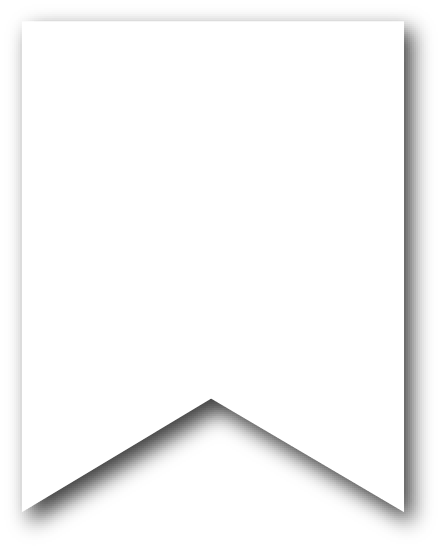Guest writer from Alyssa K., Fairbanks staff:
National Employee Health and Fitness Day is observed on the third Wednesday of May in the U.S. It was originally established to raise awareness of the health benefits of physical activity among employees through company-sponsored health promotion activities. Regular physical activity is so important for every person—even beyond attempting to get that “summer body” (Spoiler, every body is a summer body!). Regular exercise is important because it increases your blood flow (which keeps your body’s systems moving, preventing blood and fluids from remaining stationary), strengthens your cardiovascular system, tones your muscles, and increases your stamina. Physical activity also promotes better sleep, triggers positive feelings (hello, good mental health!), improves your cognitive performance and memory, and can prevent health problems and diseases like high blood pressure and cancer!
Even if you work from home, you deserve to celebrate National Employee Health and Fitness Day!
Physical Fitness Recommendations
The American College of Sports Medicine and the Centers for Disease Control and Prevention recommends that all healthy adults aged 18-65 years should participate in moderate intensity aerobic physical activity for a minimum of 30 minutes on 5 days per week, or vigorous intensity aerobic activity for a minimum of 20 minutes on 3 days per week. Additionally, every adult should perform activities that maintain or increase muscular strength and endurance for a minimum of 2 days per week. You can read more about what that might look like in this handout!


That’s all well-and-good, but how do you know when you’ve reached the goal? Many people use fitness activity trackers these days, like Fitbit, Garmin, or the Apple Watch (just to name a few). These devices will tell you which “zones” (typically moderate and vigorous) you hit that day and how much. The apps may even break it down for you by the whole week, so it is that much easier to keep track! However, using an external device is not the only way to discover when you are engaging in moderate vs vigorous activity. You can use the “talk test,” where vigorous intensity it usually hallmarked by only being able to speak a few words at a time, or “perceived effort” where you set a scale and determine where you lie in the range based on how you feel. These can be looked at in further detail here.
Improving Lung Function
Did you know that you can train your lungs to be better than they already are? It’s true! When you are physically active, you are not only making your heart stronger by doing activities to make it beat faster, but you are also making your lungs stronger through the act of breathing harder while doing the activity. This means that our lungs might become better at actions like exchanging oxygen into the blood stream or using more of the lung to take fuller breaths. Some types of exercise can also strengthen the muscles of the neck, chest, diaphragm, and muscles between the ribs; all muscles that work together to power inhaling and exhaling. Aerobic activities like walking, running or jumping rope give your heart and lungs the kind of workout they need to function efficiently. Muscle-strengthening activities like weightlifting or Pilates build core strength, improving your posture, and toning your breathing muscles. Breathing exercises in particular can strengthen your diaphragm and train your body to breathe more deeply and more effectively.
Quitting Tobacco/Nicotine
One of the best things that a person can do to improve their health is to quit using tobacco/nicotine products. In 12-24 hours after quitting, a person’s risk of heart attack is significantly reduced. Between 2 weeks to 3 months after quitting, a person’s lung function begins to improve, and through 9 months after quitting, coughing and shortness of breath decreases. There are so many resources out there to assist people in quitting, and everyone should choose the method that works best for them. Always include your physician in your plans to quit and use resources like quitlines to help. The Alaska Tobacco Quitline (1-800-QUIT-NOW) is free to all Alaskans and can provide up to 8 weeks of Nicotine Replacement Therapy to those who enroll.
References
https://nationaltoday.com/national-employee-health-and-fitness-day/
https://www.lung.org/quit-smoking/i-want-to-quit/benefits-of-quitting



